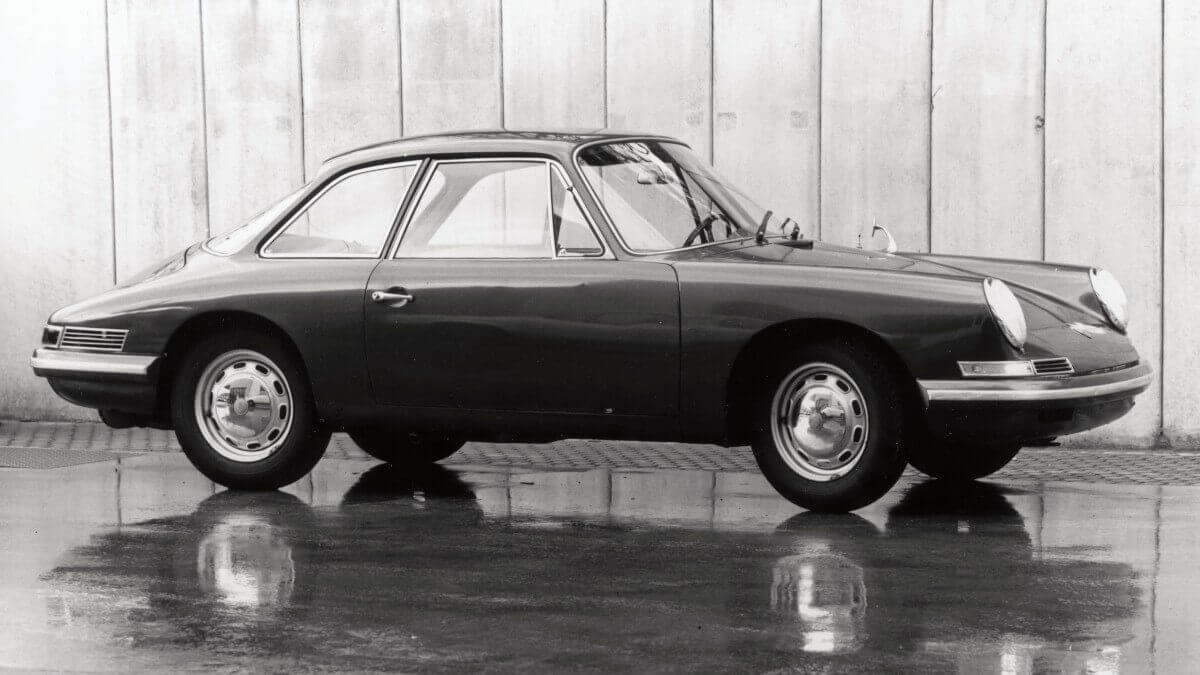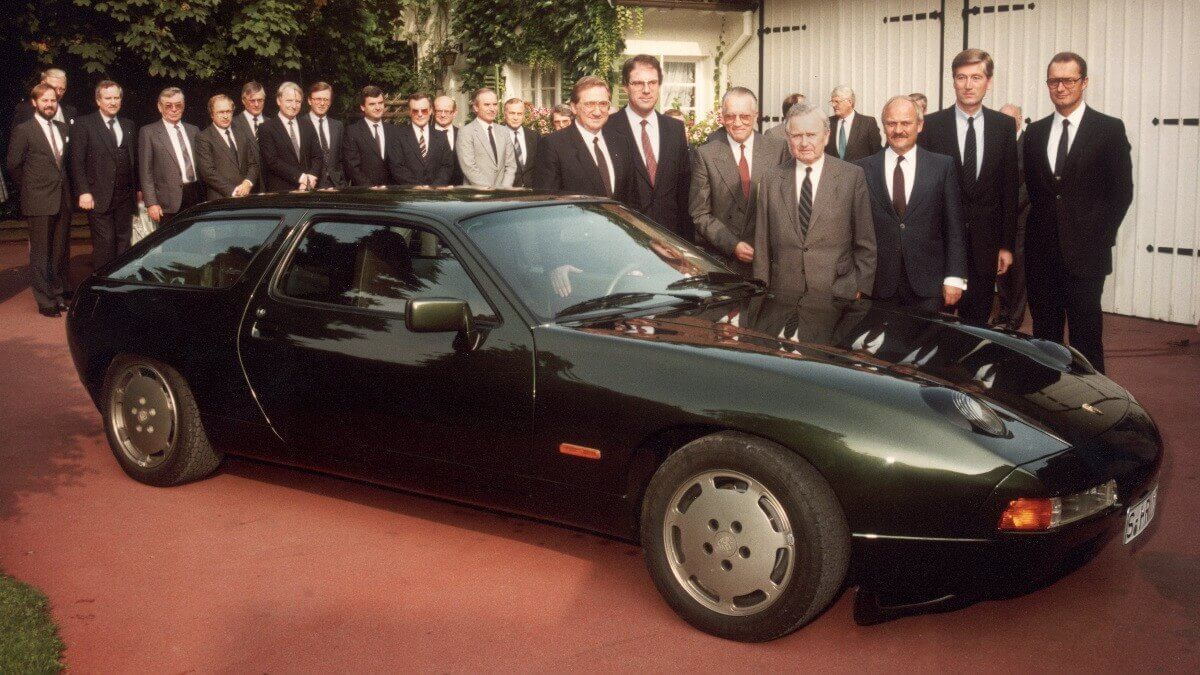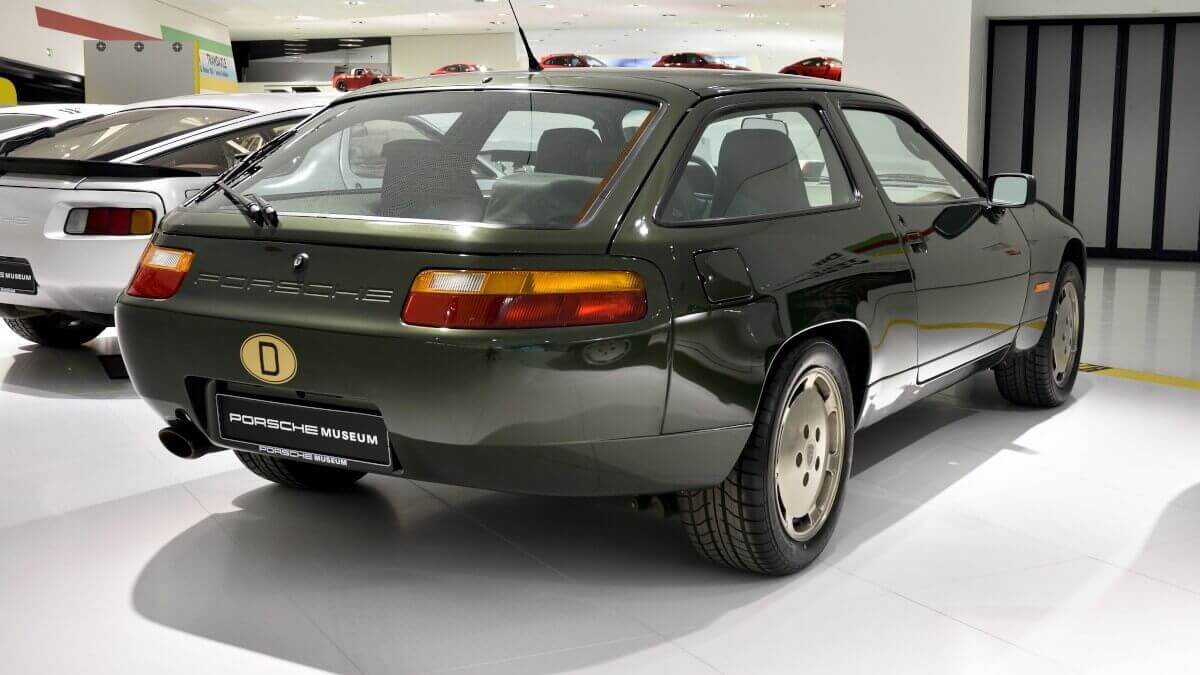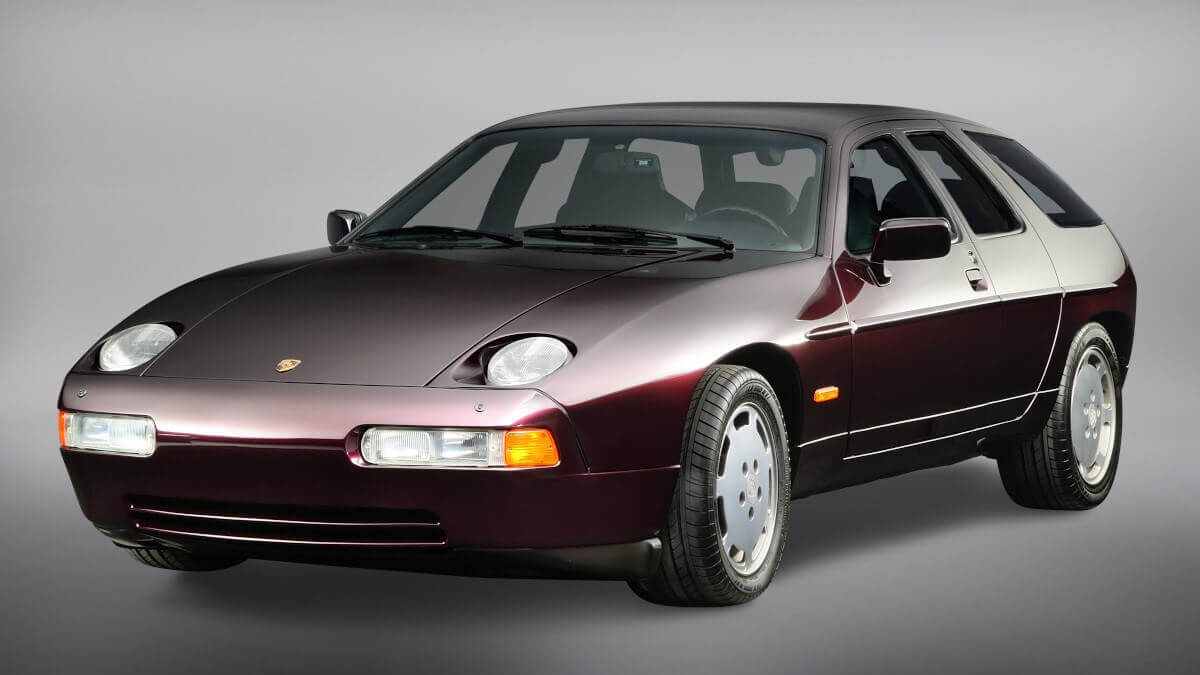Porsche for four persons
Since Porsche has been offering cars for the whole family with the Cayenne, the Panamera, the Macan or the recently presented electrically powered Taycan, a question that used to be hotly debated no longer arises: Can the driving fun of sports cars be transferred to cars with four full seats? However, this question occupied the engineers from Zuffenhausen already shortly after the brand foundation in 1948. Ferdinand Anton Ernst Porsche, better known as ‘Ferry’, was keen to give more passengers this driving pleasure. On the basis of the first production vehicle 356, various ideas were developed on the drawing boards, which finally led to the type 530 at the beginning of the 1950s, which was implemented as a drivable prototype. Compared to the normal 356, the roof line in the rear was raised and the wheelbase and doors were extended to make it easier to get in and out of the car.
Even at the end of the era of the 356, the idea of a four-seater sports car remained topical. While the 530 had been rejected for cost reasons, the successor could now designed large enough from the outset to offer enough space for four adults in the interior. Ferry’s son Alexander Porsche designed a new prototype with the internal name 754 T7, which looks like a slightly modified early 911 from today’s point of view. In fact, however, the 754 was on its wheels four years before the 911’s market launch and therefore anticipates many design details such as the front up to the A-pillars or the rear lights. Despite the significantly higher roof line compared to the later 911, the company was dissatisfied with the space available in the second row of seats and developed the 754 T8 as a 2+2-seater and the 754 T9 as a truly full-fledged four-seater in parallel. In the end, the decision was made in favour of the 2+2 concept with a sloping roof line as with the 356, with which the 901 was born, which, as many readers will know, had to be renamed to 911 shortly after its world premiere.
Whether there was no more work on a four-seater sports car in the following ten to 15 years or whether the ideas simply never exceeded the sketch status can only be clarified comprehensively by the Porsche Archive in Zuffenhausen. In fact, the sports car manufacturer finally developed the 928 with a water-cooled V8 engine at the front, which created more space for the rear passengers. However, the very slanted rear window in the large tailgate clearly limits the headroom, which is why the 928 is only suitable to a limited extent as a travel vehicle for four adults. On the occasion of Ferry Porsche’s 75th birthday in 1984, a unique 928 S with an extended roof in Ferry’s favourite color dark green was created. However, series production of this version didn’t take place in the end.




































While the one-off car for Ferry Porsche was created, parallel considerations took place on an extended 928 with four doors. Soon the decision was made to use rear doors, which were arranged in opposite directions, smaller than normal doors and could only be operated if the front doors were already open. A similar concept was found decades later at the Mazda RX-8 or the BMW i3. Two prototypes of the 928 H50 were built in 1988, of which one is still part of the Porsche Museum collection today. The absence of the B-pillars meant that the body lost some of its stiffness, which could only have been repaired by expensive and heavy stiffening of the underbody. So the H50 quickly was put in the vehicle depot as well.
At the same time, an independent four-door Porsche was created under the direction of the then Porsche boss Arno Bohm, the chief designer Harm Lagaay and the Head of Development Ulrich Bez. At the end of the 1980s, it was internally christened 989 and should have gone into production in the early 1990s. Over 600 milion DM were invested in the development of the new body and the matching drive concept with a 300 hp 3.6-liter-V8 engine under the long front hood. Up to 4.2 liters displacement were planned for later model variants. When Wendelin Wiedeking replaced Arno Bohm at the head of Porsche in 1992, he cancelled the expensive project because the expected selling price wouldn’t have recovered the costs.
Instead, a four-door Porsche, the Cayenne, appeared for the first time in 2002. In the booming SUV segment, sales successes were celebrated directly and Porsche could establish a good market position. It was not until 2009 that with the Panamera a vehicle based on the concept originally conceived by Ferry Porsche was available at the dealers. This was precedes by internal design prototypes called ‘Mirage’, ‘Meteor’ and ‘Phantom’, of which details were incorporated into the final series production version of the Panamera. Sports car driving fun for four adults is therefore not an invention of the 2000s, but required long preparatory work – at least with Porsche.
Images: Porsche Newsroom, Porsche AG




